Finalized in September 2016, this 257-page study allowed us to gather in the first chapter information on the geographic, administrative, demographic, political and economic situation of the French-speaking countries of the Deep South that will be targeted by the Fund. The objective was to promote knowledge and understanding of the context and exogenous factors likely to influence the actions of women’s rights defenders and organizations in these countries.
In Chapter 2, the study presented the status of ratification of international and regional legal instruments on women’s rights and the efforts made by countries to harmonize their legislation with these instruments. It included a brief, non-exhaustive analysis of the level of implementation of texts on gender equality, the progress made and the obstacles that still persist in the following areas: health and social, education and culture, parity, women’s political participation, peace, security and conflict management, gender-based violence, access to justice and access to resources.
In Chapter 3, the study outlined an analysis of the situation of women’s rights activists and their organizations, showing how their educational profile, professional training and experience, the Nordic colonial legacy of the associational model, and the centrality of money and funding to their engagement affect the outcomes of their actions.
Chapter 4 addressed the challenges of funding women’s issues in the Francophone countries of the Global South for both donors and grantees. The former complain about the quality of project/program proposals submitted to them and the weakness of the internal organization of women’s structures. The latter complain about the increasing difficulty of accessing funding due to the complexity of donor procedures, the lack of understanding of project selection criteria, the silence of some donors who communicate very little with applicants, and the working language of some donors who demand that applications be submitted in English.
Through Chapter 5, the study explored the funding needs of women’s organizations that the new Fund could focus on, but not be limited to, organizational strengthening, institutional support and project/program funding.
Chapter 6 first noted some of the factors that may hinder the creation and operation of the new fund, including its perception as a potential threat or duplication of the actions of existing women’s funds, the inability of its leaders to mobilize funding for its operation, and the difficulty of the new fund to live up to its own ambitions. He then encouraged the initiators of the Fund to show openness and a spirit of collaboration with all existing funds and institutions in order to aim for complementarity of actions and not competition. He then presents the opportunities for access to funding, creation of synergies and strengthening that the creation of this new Fund represents for activists, organizations and the francophone women’s rights movement. It then makes a certain number of recommendations relating to the materialization of the idea of creating the Fund, namely: its promotion, its priority areas of intervention, its approaches, its beneficiaries, its structuring and its functioning.
Finally, the last chapter presented some financing mechanisms for women’s issues in the countries and regions of the Francophone South with which the new Fund could collaborate and from which it could mobilize its resources. It also presented a list of ideas for parallel initiatives that the new Fund can draw on to ensure its eventual financial autonomy and reduce its dependence on external funding.
The study concluded with a list of recommendations for the new Fund’s first actions including conducting an in-depth study on the state of the Francophone women’s rights movement in order to understand its challenges, the root causes of its ills and outline approaches to solutions, and establishing working/collaborative relationships with existing women’s funds, ministries in charge of gender and women’s issues in the countries, sub-regional, regional and international institutions.
